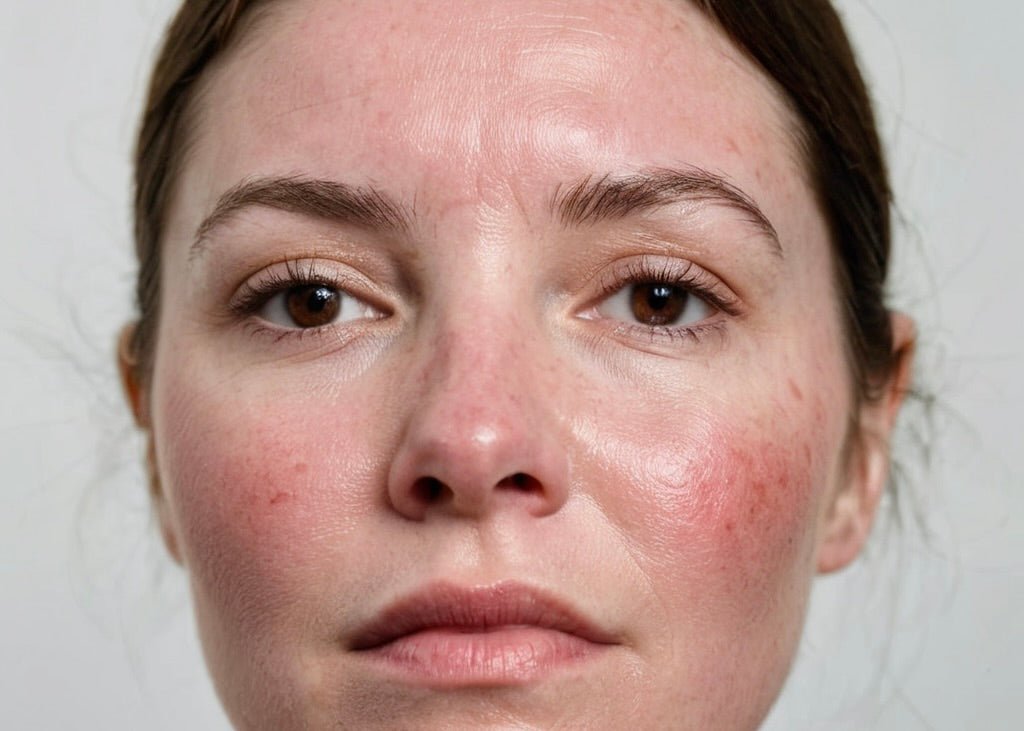
Remedies for Facial Redness: Effective Treatments
Facing the mirror and seeing a red, inflamed face staring back can be disconcerting. Facial redness can be caused by a variety of factors, from skin conditions such as rosacea and eczema to environmental factors like extreme weather conditions and sun exposure. But don't fret! There are numerous effective treatments available to help soothe and calm your skin. This guide will walk you through the various remedies for facial redness, focusing on natural and sustainable ingredients that are gentle on the skin.
Natural Remedies for Facial Redness
Aloe Vera
Known for its soothing and healing properties, aloe vera is a popular ingredient in many skincare products. It's rich in antioxidants and vitamins that can help reduce inflammation and redness. To use aloe vera as a remedy for facial redness, you can apply aloe vera gel directly to your skin and let it absorb for 15-20 minutes before rinsing off with warm water.
For an even more soothing effect, consider keeping your aloe vera gel in the refrigerator. The coolness can help calm inflamed skin and reduce redness even further. Remember, when purchasing aloe vera gel, look for products that are organic and free from harsh chemicals to ensure you're getting the most natural and beneficial form of this powerful plant.
Green Tea
Green tea is another natural ingredient that can help combat facial redness. It's packed with antioxidants and anti-inflammatory properties that can help soothe and calm irritated skin. To use green tea as a remedy, steep a couple of green tea bags in boiling water for about 10 minutes. Once the tea has cooled, you can use it as a facial rinse or soak a cloth in the tea and apply it to your face as a compress.
Drinking green tea can also have beneficial effects on your skin. The antioxidants can help fight free radicals that can cause inflammation and redness. So, consider adding a cup or two of green tea to your daily routine for an inside-out approach to skincare.
Over-the-Counter Treatments
Topical Creams and Gels
There are numerous over-the-counter creams and gels available that can help reduce facial redness. Look for products that contain ingredients like niacinamide, which can help reduce inflammation, and licorice root extract, which can help soothe irritated skin.
When choosing a product, it's important to read the ingredient list carefully. Avoid products that contain harsh chemicals, fragrances, or alcohol, as these can potentially irritate the skin and exacerbate redness. Instead, opt for products that are labeled as hypoallergenic, non-comedogenic, and fragrance-free.
Sunscreen
Protecting your skin from the sun is crucial in preventing and reducing facial redness. Sun exposure can cause inflammation and exacerbate existing redness. Therefore, it's important to apply a broad-spectrum sunscreen with an SPF of at least 30 every day, even on cloudy days.
Look for sunscreens that contain zinc oxide or titanium dioxide, as these ingredients are less likely to irritate sensitive skin. Remember, the best sunscreen is the one you'll use consistently, so find a product that feels good on your skin and fits into your daily skincare routine.
Professional Treatments
Laser Therapy
If natural remedies and over-the-counter treatments aren't enough to reduce your facial redness, you may want to consider professional treatments. Laser therapy, for example, can be an effective treatment for persistent facial redness. It works by targeting the blood vessels that cause redness, helping to reduce inflammation and improve the overall appearance of the skin.
Keep in mind that professional treatments should be considered a last resort and are best suited for severe cases of facial redness. Always consult with a dermatologist or skincare professional before undergoing any type of professional treatment.
Prescription Medications
In some cases, a dermatologist may prescribe topical or oral medications to help reduce facial redness. These medications can help reduce inflammation and redness, but they can also have side effects. Therefore, it's important to discuss the potential benefits and risks with your doctor before starting any new medication.
Remember, everyone's skin is unique, and what works for one person may not work for another. It's important to be patient and persistent in your skincare journey. With the right combination of natural remedies, over-the-counter treatments, and professional care, you can effectively manage and reduce facial redness.














